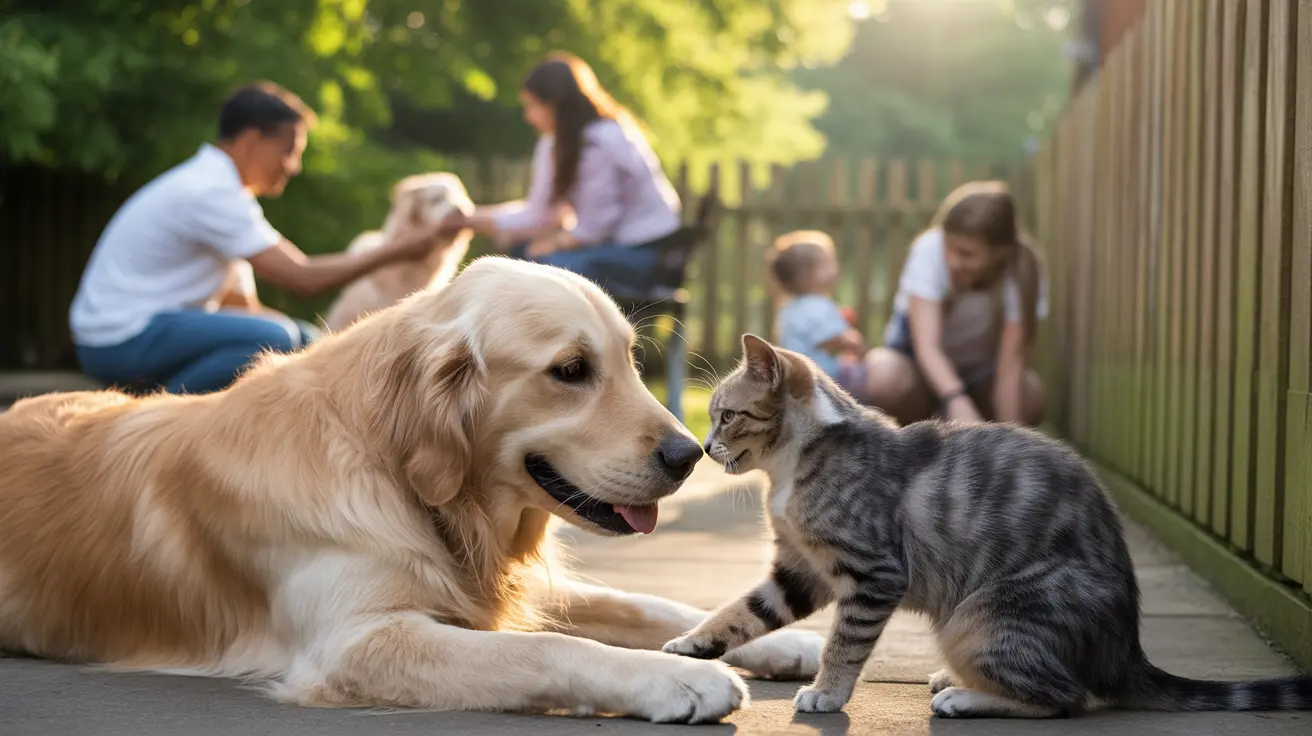Why Cats Are Japan's Most Beloved Pets
Japan, a country renowned for its rich traditions, bustling cities, and strong cultural ties to nature, has a genuine affection for animals. While dogs are popular and exotic pets like rabbits and birds have their niche, one animal has captured the nation's collective heart above all: the cat.
Historical Roots of Cat Adoration in Japan
Cats were introduced to Japan around the 6th century and were originally valued for their ability to protect Buddhist scriptures from rodent damage. Over time, their quiet, independent nature and symbolic significance made them cherished companions. The iconic figure of the Maneki-neko, or “beckoning cat,” is believed to bring good fortune and is a common decorative element in businesses, homes, and temples.
Cultural and Media Influence
- Cats in Manga and Anime: Famous cats like Hello Kitty and characters such as Jiji from "Kiki’s Delivery Service" are deeply embedded in Japanese pop culture.
- Cat Cafes: Japan pioneered the global trend of cat cafes, where people can relax and interact with cats — especially appealing in densely populated urban environments where pet ownership can be challenging.
- Books and Films: Literature like "I Am a Cat" by Natsume Sōseki and movies such as "The Traveling Cat Chronicles" reflect the unique place cats hold in Japanese society.
Urban Environment and Lifestyle Compatibility
Japanese cities, especially Tokyo, are known for their compact living spaces and long working hours. Here’s why cats fit perfectly into this lifestyle:
- Independent Nature: Cats are low-maintenance pets that don’t require walks or constant attention.
- Space Efficiency: Their small size and need for minimal indoor space make them ideal for apartment living.
- Quiet Companions: Cats tend to be quieter than dogs, making them more suitable for shared apartment spaces and close-proximity living.
Special Days and Events for Cats
Japan even celebrates National Cat Day on February 22, chosen because the date 2/22 (ni-ni-ni) sounds like "nyan-nyan-nyan" — the Japanese onomatopoeia for a cat’s meow. On this day, cat-themed events, promotions, and social media content abound.
Cat Islands and Shrines
Japan has several famous "cat islands" — small islands with more cats than people. Notable ones include Aoshima and Tashirojima, which attract tourists and photographers alike. Cat shrines like Neko Jinja also illuminate the spiritual reverence some communities have for felines.
Natural Behavior and Temperament
Cats appeal to Japanese sensibilities of tranquility, subtlety, and elegance. Their affectionate yet solitary demeanor aligns well with traditional Japanese aesthetics such as wabi-sabi, which values beauty in imperfection and transience.
Digital Fandom
- Social Media Presence: Instagram and Twitter are full of famous Japanese cats with thousands of followers.
- Virtual Pets and Games: Mobile games like “Neko Atsume” (Cat Collector) illustrate the nation’s digital obsession with cats.
Pet Ownership Trends
Statistical data from the Japan Pet Food Association shows that cats have outnumbered dogs in pet ownership since around 2017. The trend continues to grow, with younger generations favoring the companionship of cats over dogs.
Legal and Ethical Considerations
Japan has made strides in strengthening animal welfare laws, emphasizing responsible pet ownership. Urban areas now have strict regulations on pet care, which aligns well with cat ownership due to their indoor adaptability.
Conclusion
Cats are more than just popular pets in Japan — they’re cultural icons, therapeutic companions, and embodiments of a lifestyle that values balance, subtlety, and affection. Through literature, tradition, and modern innovation, Japan has elevated the cat to a status few other pets can rival. Whether in a quiet shrine, a bustling café, or a cozy apartment, cats undoubtedly hold a special, enduring place in the hearts of the Japanese.





